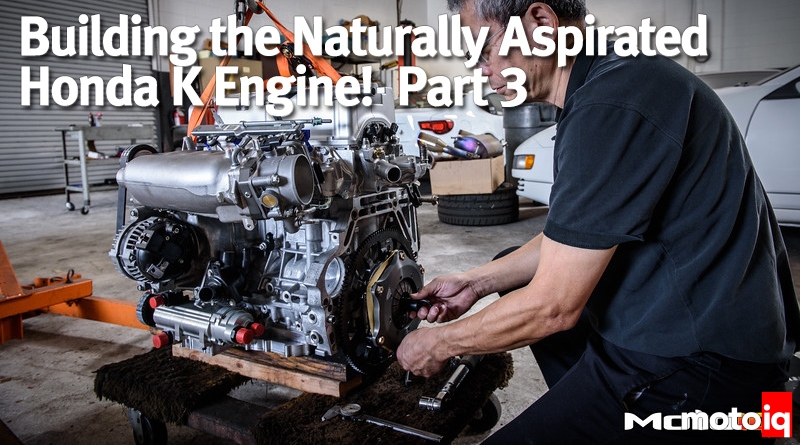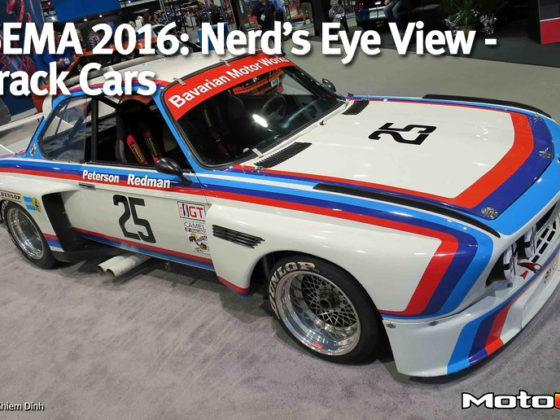,

Bed plates really stiffen up the engine’s bottom end, which greatly helps structural integrity at high power levels and high revs. The most obvious benefit is longer bearing life, but block stiffness helps everything from crank life to improving ring seal and even head gasket seal.

It is very obvious how this is going to radically stiffen things over the conventional, discreet main caps with two bolts and an oil pan. There are many other bolts attaching the bed plate to the block around the perimeter as well.
One of the things a bed plate also accomplishes is to partition the crankcase, which reduces windage and pumping losses as well. This helps power and fuel economy, and it works well with a dry-sump system.

Removing the balance shafts is good for at least 5 more horsepower and reduces oil temperatures. Balance shafts are there to damp out an inline, 4-cylinders engine’s natural up and down shaking moment. They are there for NVH reasons, not to dynamically balance the engine. Removing them won’t hurt component life.

We used new OEM bolts instead of studs, as we felt that this NA engine would not put such a load on the bottom end. Running studs with higher torque often distorts the main bores, which mean the engine has to be aligned bored. If this is done excessively, it can cause problems with the oil pump and even the timing chain.
So if the engine doesn’t need it, it is sometimes, in our opinion, best to stick with stock.




